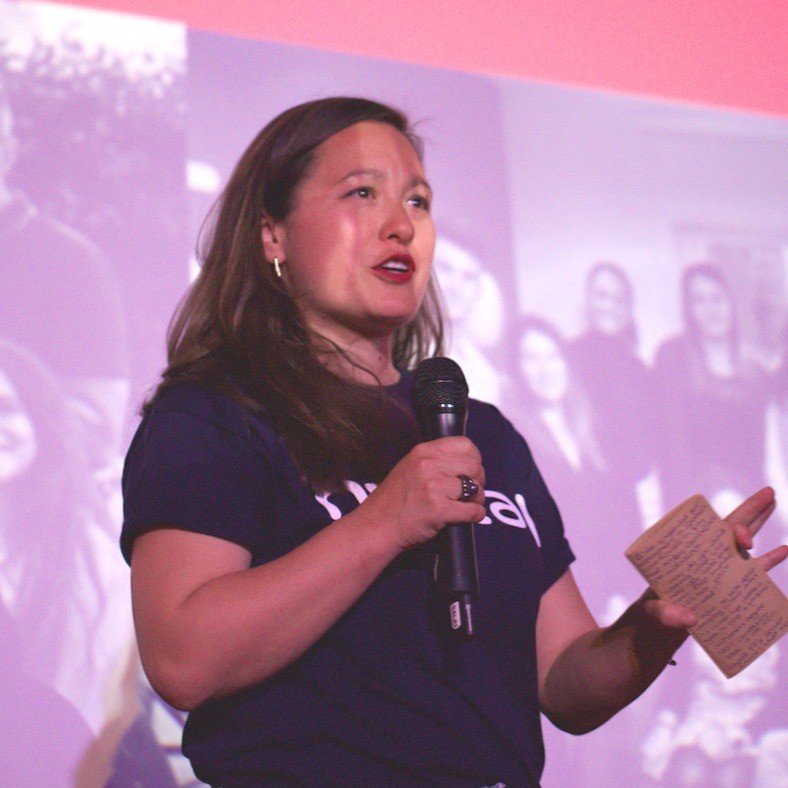Digitization in fashion drives a wave of CEOs with analytical skills
Incoming CEOs bring 33.6% more analytical and digital experience than their predecessors and more than any of the incoming cohorts in the last four years, reflecting an increased investment in digitization in fashion. In addition, 12.9% of new CEOs have CMO experience, an 80% surge over predecessors, according to the Nextail Fashion CEOs Talent & Trends 2023 report.
Get a copy of the annual Nextail “Inside the mind of a fashion CEO: 2023 Talent & Trends” report for more insights and the latest leadership recruitment trends.
“Analytical” Fashion CEOs reflect investment in digitization
Retail operations and supply chain experience in fashion CEOs is valued for cost management and survival, but it won’t be enough for the digitally enabled fashion industry of the future.
According to the findings from the latest edition of the “Inside the mind of the new Fashion CEO: 2023 Talent & Trends” report, fashion companies are increasing their share of analytical and merchandising expertise within their CEO recruiting requirements. This hiring trend is linked to the forward-looking need for increased agility and operational efficiency and excellence through data as digital transformation remains a key priority in fashion.
The annual Fashion CEO Talent & Trends report, which analyzed 70+ fashion CEO changes in the past year, found that incoming fashion CEOs continue to have more analytical experience than their predecessors with a 33.6% increase in this area of expertise among this year’s cohort. These new CEOs have previously held positions in the areas of strategy, consulting, finance, merchandise planning, and other professions specialized in data-driven decision-making.
The findings resonate with the latest Nextail Retail Data-Forwardness Index which found all fashion categories increased their investments in data-related and digital talent in 2022 with sportswear and fast fashion seeing the most growth in the last year.
“A new type of fashion CEO is emerging that combines traditional retail operations and forward-looking data-driven leadership”, says Joaquín Villalba, Nextail CEO. “This new breed of leaders are both efficient and execution-focused while also being innovative and willing to take risks in uncertain environments.”
Merchandising skills for more fashion innovation & digitization
For the first time, the latest CEO analysis has also looked at the number of incoming CEOs with experience in the top analytical role in fashion: Chief Merchandising Officer (CMO). In comparison with outgoing CEOs, there was an 80% surge in incoming CEOs with CMO experience, accounting for 12.9% of the total number of top appointments in 2022.
This is part of a wider trend towards digitization in fashion as these professionals are the most primed to marry the data skillset and the fashion business expertise to enable brands to reach new levels of innovation such as the digitization of core operations. For example, by following robust demand forecasting and automated decision-making, fashion retailers can exercise “continuous” merchandising to get the most potential out of their inventory investments at any given time or place.
Gartner analyst Jonathan Kutner told Business of Fashion he expected technologies that let companies better tailor their assortments to be a priority in 2023, while Gartner has predicted retailers will hold 30% less inventory by the end of next year. To strike the balance between cutting inventory and creating highly-curated assortments, the merchandising teams of the future will need to embrace advanced tech like AI to operate within a unified retail strategy, and the fashion know-how to link the data to the business.
As Charlotte Kula-Przezwanski, board vice chair and director EMEA at Columbus Consulting International, explained at the Big Debate roundtable discussion, merchandising teams have traditionally been risk averse and tend to look at the hindsight rather than focusing on where the demand might be. “All of the recent disruptions have shown us that you can’t just use your historical data and hope customers will shop or come back – hope that they behave as they’ve done in the past,” she says.
Fashion companies choosing analytical leaders with strong fashion know-how are investing in innovation and operational excellence and a culture of digital decision-making within the organization.
Download your copy of the annual “Inside the mind of a fashion CEO: 2023 Talent & Trends” report from Nextail to see other leadership changes in the fashion and what they mean for the future of the industry.



